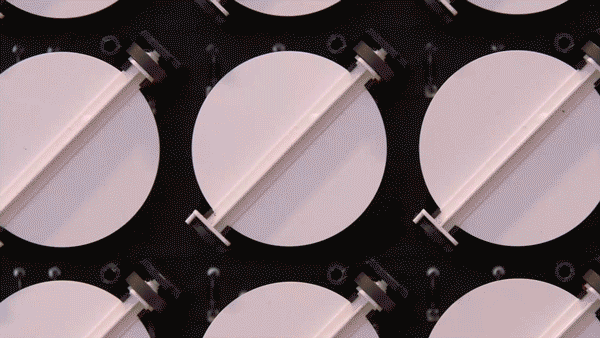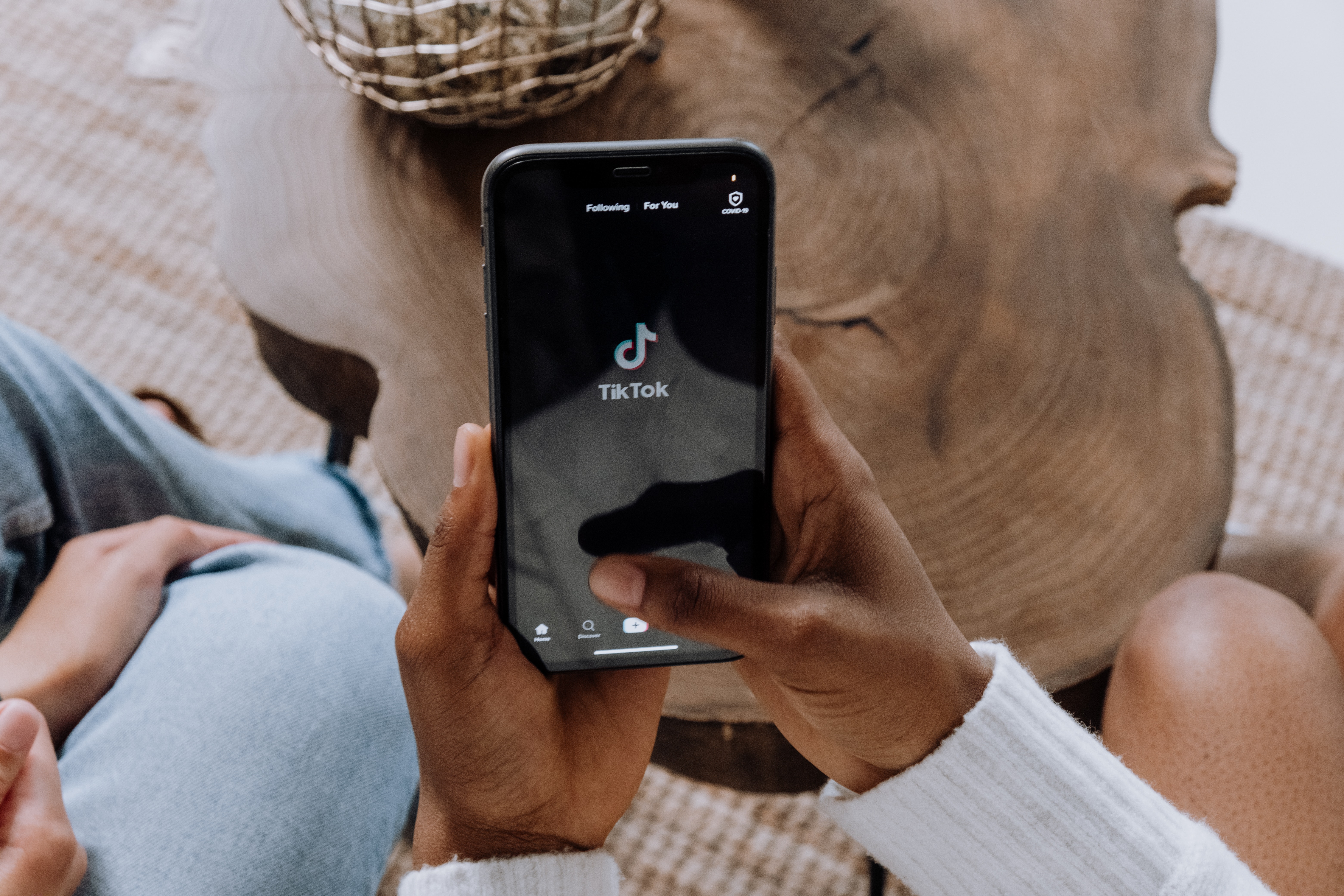
Wide Format and Beyond: Breaking Past 16x9 Video To Make a Big Impact

Written by James Grosch
1,920 pixels wide. 1,080 pixels tall. If you work with video, there’s a comfort to seeing those dimensions. Whether you call it 1920x1080, 1080p, or just HD video, this format has dominated our digital lives for well over a decade. Driven by the popularity of HDTVs, the aspect ratio of 16x9 has become the default standard for video, both on traditional broadcast and online. Even as resolution on TV sets have evolved from 720p all the way up to 4k UHD, the 16x9 aspect ratio (or the relationship between the height and the width of a frame) has stayed the same. By now, 16x9 is classic.
And sometimes, classic can mean boring. Don’t get me wrong. 16x9 is great when appropriate, which is most of the time. But there are definitely cases where you want to think outside the rectangle and consider creating your content in formats other than 16x9. Whether you are running an in-person expo, a hybrid event, or a marketing campaign, here are ways you can implement non-standard format video to enhance whatever your brand is doing.
Epic Events

People attend events for many different reasons: to learn something, to meet someone, or to feel something (hopefully excitement). Companies and brands hold events to deliver these experiences to their most ardent fans, their most loyal customers, and/or leaders of their industry. Utilizing non-standard format video can help deliver a memorable event and further your organization’s goals.
- For Keynote Presentations: For upfronts and conferences, we’ve helped companies turn their keynote presentations from a slideshow to a visual feast. Using large format wraparound screens or a series of different shaped screens can help transform a presentation into a stunning stage show. This lets the company holding the event effectively deliver their message to the audience.
- For Vendors: We’ve all seen booths at events with a table in front of a single HDTV playing a sizzle reel on loop. Vendors at events can help their booths stand out from the competition by utilizing multiple screens and non-standard formats. If you want to go completely creative, use a non-digital screen, like this eye-catching piece we made for Coca-Cola.

Immersive Interactive Experiences
If you want to deliver a completely immersive experience, consider creating content in 360 degrees. Whether it’s video captured with a 360 degree camera or a completely crafted virtual space, this content will literally surround your audience and transport them into the world of your brand’s story. There’s still a novelty to virtual spaces outside of video games, but as the tools to create this type of content continue to improve, there’s a real opportunity to bring your brand into a whole new dimension. Plus, there’s a flexibility of how someone can interact with this type of content, whether it’s putting on a VR headset, using their phone or tablet’s gyroscope and touch controls, or stepping into a projection dome. You can read more about how companies are utilizing virtual spaces here.
On the other end of the spectrum, you can enhance an experience by incorporating interactivity. By blending 16x9 video with interactive elements like HTML or app functionality, you could enhance participation in your event and engage with your community in brand new ways. Ideal implementations include a Q&A session, a “fireside chat," a mixer, or a trivia night.
Savvy Social Media

Yes, 16x9 video is ubiquitous, but its days as the most common video format may be numbered. Just as HDTVs popularized 16x9 video, smartphones have accelerated the use of vertical videos. This partially due to the fact that people hold their smartphones in portrait/vertical orientation most of the time, and now almost every major phone takes excellent quality video.
The most prevalent use of non-standard video is social media. If you spend any time on Instagram, Facebook, or TikTok today, you’ve probably watched several vertical videos. With the ability to reach millions of targeted users, it’s vital that social is a key pillar of any marketing campaign or branding strategy. And just reposting your 16x9 ad isn’t going to cut it, as your content will be physically smaller than everything else. In fact, having a vertical social media cut of a spot has become a standard delivery spec, so much so that our Creative Director David says “Social is the new center-cut."1
No, you don’t need to learn the latest dance trend to make an ad that stands out on TikTok. Whether you are shooting a spot only for social or converting your content to work in a vertical format, here are the aspect ratios and resolutions you should use for social video.
- Instagram: Between 1:1 (1080x1080) and 4:5 (1080x1350).
- Instagram Stories or Facebook Stories: 9x16 (1080x1920)
- TikTok: 9:16 (1080x1920)
- Facebook: 1:1 (1080x1080), 4:5 (1080x1350), 2:3 (1080x1620), 9:16 (1080x1920)
I hope that this overview helps give you ideas for how to break beyond 16x9. If you need some help creating something engaging and unique for your next conference or campaign, feel free to reach out to us!
1) Center-cut was an industry standard practice where you would take HD footage and crop it to SD resolution so it would play on 4:3 TVs(remember those?)
